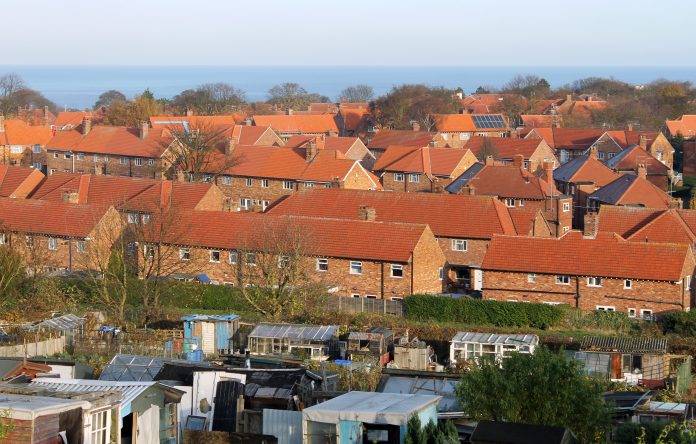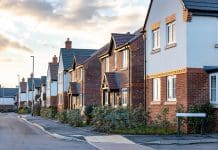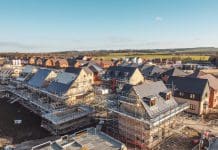With the housing crisis at a critical point and the uncertainty of Brexit hanging over the nation, some believe that utilising our green belt land could be the best solution to the current lack of affordable housing, Adam James discusses more
Is green belt land the best option available to us? Or are there better solutions that mean we can keep our ‘countryside next door’?
The term green belt is used to refer to land that receives a classification signifying that the land is designated for use in agriculture or must remain undeveloped for wildlife to thrive there. It’s estimated that green belt land covers 13% of land area in England.
It is meant to be under permanent protection “unless there are exceptional circumstances”. And it’s the latter that many local councils leverage to help relieve pressures of housing targets. In fact, 2017 saw a record number of applications to build on green belt land; a whopping 460,000 of them.
But many believe sacrificing our green belt land isn’t the right solution.
The arguments against such developments are numerous. Some claim that not only do they affect the amount of countryside available to us, but they also fail to resolve any issue of providing affordable houses, with data suggesting that the homes being built on our treasured countryside is often in a higher price bracket and thus, unattainable to most home buyers. In fact, just 27% of homes built on our green belts have matched the government’s definition of affordable housing.
Would a better solution be to reconsider what’s currently classed as green belt land? Some argue that, under current regulation, certain land classed as green belt could be recategorised allowing development to continue. The flipside meaning communities and landscapes that require protecting can enjoy even stricter rules to keep developments at bay.
But this doesn’t fly for certain environmentalists pushing to ensure our green belt land remains untouched. The Green Party have called for a land value tax to be imposed, which would mean that developers who have purchased land and are sitting and waiting for values to increase before starting construction would have to pay a tax. The root of the problem, some claim, is that developers exploit loopholes in an aim to relieve housing target pressures, pushing their developments out from brownfield land (usually more expensive and requires clearing) on to greenfield land.
Those that are pro-green belt building say that the proportion of green belt land used for such developments is minuscule. As of 2018 there were just 315 hectares of green belt land used, which is just 0.002% of the UK’s total safeguarded land. This is why protests against using our green land for new housing remain on the fringe. It isn’t the population as a whole that are affected, but the people who live next to and who enjoy their local green belts as countryside.
In recent weeks, over 700 protesters in Bury have marched against a planned development of over 201,000 new homes in the region on its protected land, but it may not be enough to stop the development unfolding.
The fact is that we need a solution to our deepening housing crisis, and with Brexit hitting a dead end on every turn, it seems like the crisis will only worsen. Can our brownfield lands offer over a million homes like some experts predict? And will developers even consider it when they’re still able to apply to build on green belt land?
Adam James
Marketing Manager














